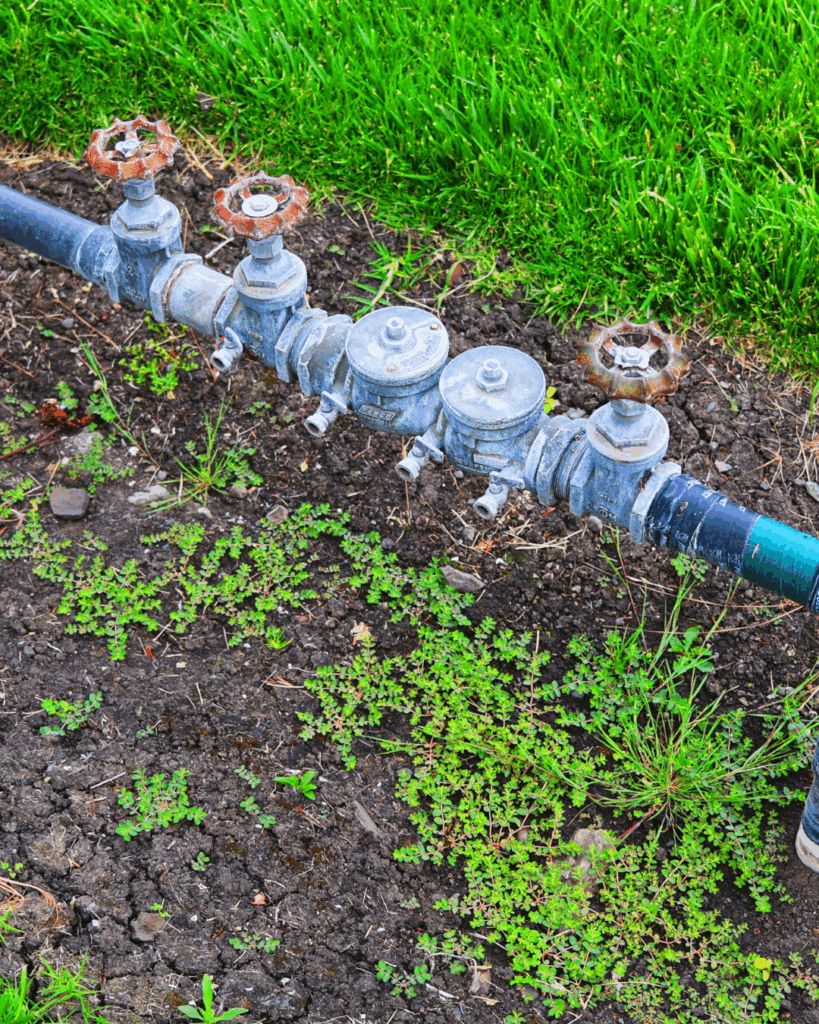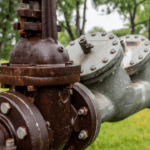Understanding Backflow Assemblies and Their Importance
Backflow assemblies play a crucial role in maintaining the safety and efficiency of water supply systems. Designed to prevent the reverse flow of contaminated water, they protect the clean water supply. Thus, protecting both public health and the integrity of the water system. A comprehensive understanding of these assemblies is essential for management and maintenance providers. In this blog, we will explore what backflow assemblies are. We’ll discuss how they work, and why they are necessary for ensuring the safety and quality of our water supply.
What Are Backflow Assemblies? Definition and Key Components
Consisting of various components such as check valves, relief valves, and test cocks, these assemblies ensure that water only flows in one direction. Essentially, safeguarding against contamination and maintaining the purity of the water supply. Understanding the intricacies of these components is crucial for effectively implementing and maintaining backflow assemblies in water systems. Let’s delve deeper into the key components and how they collectively work to protect the integrity of our water supply.
The Role of Backflow Assemblies in Protecting Water Quality
Maintaining water quality is paramount in ensuring the health and safety of consumers. Backflow assemblies play a critical role in safeguarding water quality. They do this by preventing the backflow of contaminated water into the clean water supply. Check valves in these assemblies act as a barrier, allowing water to flow in one direction only. Thereby inhibiting the entry of harmful substances. Relief valves and test cocks work in tandem to ensure the proper functioning of the assembly. They provide a layer of protection against potential hazards. Understanding how these assemblies protect water quality is essential for upholding the integrity of our water systems and prioritizing public health.
Regulatory Standards and Compliance for Backflow Prevention
Compliance with regulatory standards is vital to the effectiveness of backflow prevention systems. You accomplish safeguarding water quality with proper installation, testing, and maintenance. Thus, ensuring local and national regulations are met. Regulatory agencies outline specific requirements for the installation and testing of backflow prevention devices. This is in addition to guidelines for regular maintenance and reporting. Understanding and complying with these standards is crucial for protecting public health and maintaining the integrity of water systems.
Common Types of Backflow Assemblies and Their Applications
Now that we understand the significance of complying with regulatory standards for backflow prevention, let’s explore the common types of backflow assemblies and their respective applications. Different backflow prevention devices, such as reduced pressure zone (RPZ) valves, double check valves, and atmospheric vacuum breakers, are designed for specific purposes and varying levels of protection. In the upcoming section, we will delve into the functionality of each type of backflow assembly, their installation requirements, and where they are commonly utilized.
Maintenance Tips for Ensuring Proper Functionality of Backflow Assemblies
Furthermore, to maintain the efficiency of these assemblies, regular inspections and maintenance, by our team of professionals, are crucial. Ensure that all devices are tested annually by our certified professionals to identify any potential issues and ensure proper functionality. Keep records of maintenance schedules and test results for compliance with regulations. Inspect for leaks, corrosion, or any signs of damage that could compromise the performance of the assembly. Regular cleaning and servicing of backflow prevention devices will help extend their lifespan and protect the integrity of your water supply. Stay proactive in maintaining your backflow assemblies to safeguard against potential hazards and ensure uninterrupted water flow. Simply contact the licensed professionals at Express Backflow Testing to handle all of your testing and repair needs!
The Essential Need for Backflow Assemblies in Water Management
In conclusion, the role of backflow assemblies in safeguarding water quality cannot be overstated. These crucial devices prevent contaminants from entering the water supply, ensuring the safety of our drinking water. Regular inspections and maintenance are key in upholding the efficiency of backflow assemblies and complying with regulatory standards. By staying proactive and vigilant in maintaining these devices, we not only protect our water supply but also contribute to the overall safety and well-being of our communities. Make backflow assembly maintenance a priority to uphold the integrity of our water systems and secure a reliable source of clean water for all.
Lastly, contact the professionals at Express Backflow Testing, to ensure qualified testing and repair of your backflow system. We look forward to helping you maintain the quality of your water supply.







